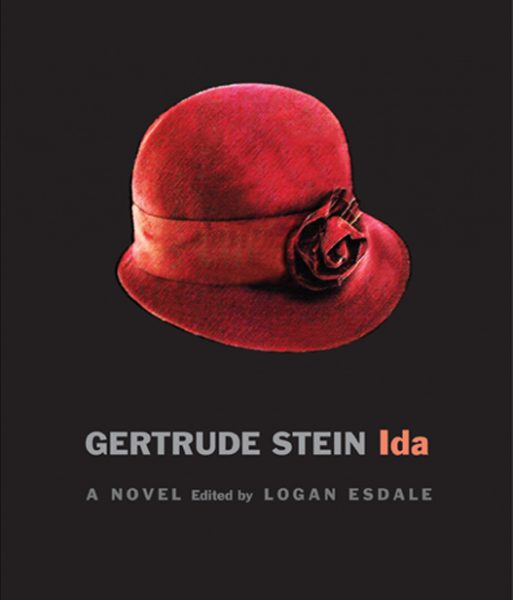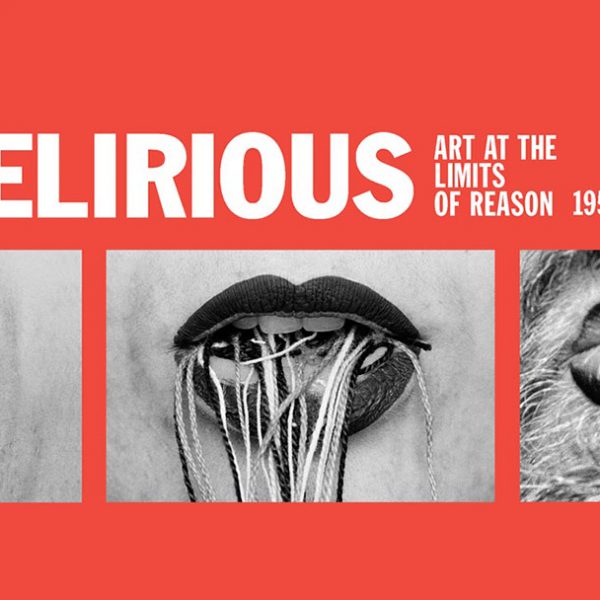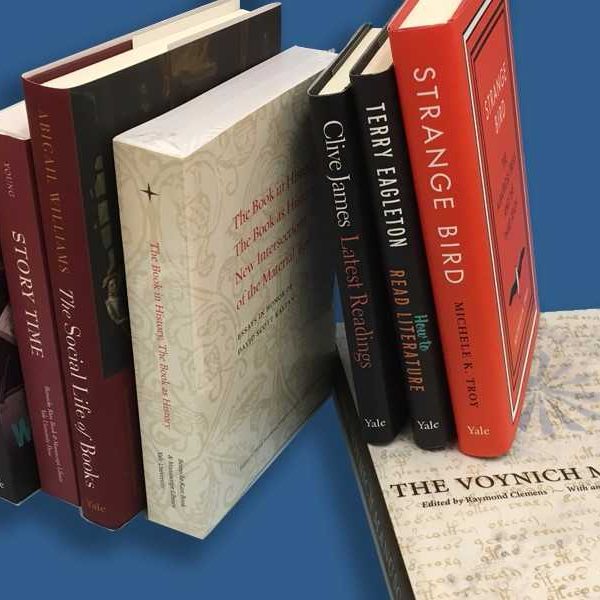Ida is Ida is Ida is Ida: Watching Gertrude Stein Write a Novel
In response to a question about her most famous line, “A rose is a rose is a rose is a rose” Gertrude Stein once replied “Now listen! I’m no fool. I know that in daily life we don’t say ‘is a…is a…is a…’” Like many modernists, Stein was looking to take an often unnoticed element of the human condition and force her audience to rethink it by placing it front and center. With her idiosyncratic and cyclical language, she wanted to explore the way we tell stories in a new light. In her own words: “If you listen, really listen, you will hear people repeating themselves. You will hear their pleading nature or their attaching nature or their asserting nature. People who say that I repeat too much do not really listen; they cannot hear that every moment of life is full of repeating.”
 Like Marcel Duchamp’s famous painting, Nude Descending a Staircase, Stein’s work captures the motion of human interaction as a series of echoes that both blurs the lines of self and throws them into sharp relief. It was, perhaps, this desire to capture the composite image created by our incessant human echoing led the author to begin archiving her own speech and writing. As she started work on Ida, a Novel in 1937, Stein also began keeping records of her own “process” with the Beinecke Library at Yale. In his new edition of Ida, Logan Esdale has taken full advantage of this creative decision. Unlike most critical editions, Esdale’s does not focus on social or intellectual touchstones from Stein’s milieu or critical essays on the text. Instead it depends largely on the author’s own archiving project. This exposes Stein’s particular flavor of intertextuality; choice passages from her multiple rewritings of the novel over a five year period, as well as elements from other projects she incorporated into Ida are included here.
Like Marcel Duchamp’s famous painting, Nude Descending a Staircase, Stein’s work captures the motion of human interaction as a series of echoes that both blurs the lines of self and throws them into sharp relief. It was, perhaps, this desire to capture the composite image created by our incessant human echoing led the author to begin archiving her own speech and writing. As she started work on Ida, a Novel in 1937, Stein also began keeping records of her own “process” with the Beinecke Library at Yale. In his new edition of Ida, Logan Esdale has taken full advantage of this creative decision. Unlike most critical editions, Esdale’s does not focus on social or intellectual touchstones from Stein’s milieu or critical essays on the text. Instead it depends largely on the author’s own archiving project. This exposes Stein’s particular flavor of intertextuality; choice passages from her multiple rewritings of the novel over a five year period, as well as elements from other projects she incorporated into Ida are included here.
The archives are also very revealing of the human interaction that shaped the novel. Esdale has created a vibrant composite of fragments from Stein’s archived correspondences with her friend and fellow literary figure Thorton Wilder, fellow art patron Carl Van Vechten, and her editor at Random House, Bennet Cerf. In these interactions we are given glimpses of Stein’s literary voice bleeding into her own. She writes to Wilder: “Will you but you would never say no to me but will you really will you, ever since my earliest days I have loved the word collaborate and I always wanted to and now will you oh Thorton will you will you collaborate on Ida the Novel, we must do it together.” We also see Ida become Ida, a figure who comes alive in the correspondence as an “old friend” so familiar to the participants that she gains a certain metaphorical traction. Says Stein in one letter about a production of Faust: “it is and I think a wonderful play, and please get somebody to play it cinema stage but somewhere, it is our old friend Ida but I think completely created, and I think it would be very popular.”
The archives are also punctuated by references to Wallis Simpson, the Duchess of Windsor, a figure on whom Stein partially modeled Ida, but who hasn’t been explored much in relation to the novel. Stein was fascinated by the bizarrely human and inhuman interactions that surrounding “publicity saints” – people, like Simpson (and to some extent, herself) who were worshipped as famous for being famous, a media phenomenon we are all too familiar with in the 21st century. In her construction of Ida’s baseless fame, Stein explores how the countless individual impressions of her protagonist create an image of her that she finds both stifling and freeing.
The paradoxical clarity and confusion created by the dense layering of her language (and Ida’s identity) has always challenged even Stein’s most avid readers. Wilder wrote to his friend in 1937, “So I reread IDA./ And often with bewitched delight; and sometimes in the dark – oh, yes, confident for her; but in the dark for me./ But my incomprehensions are an old story./ I’m proud of being a slow-digester, a struggler-de-bonne-volonte and a ruminator./ Oh Ida.” As with the novel itself, Esdale’s presentation of Stein’s archive are best approached by following Wilder’s lead and slowing down – becoming ruminators, good-willed strugglers, and slow digesters of the author’s boundless creativity.




